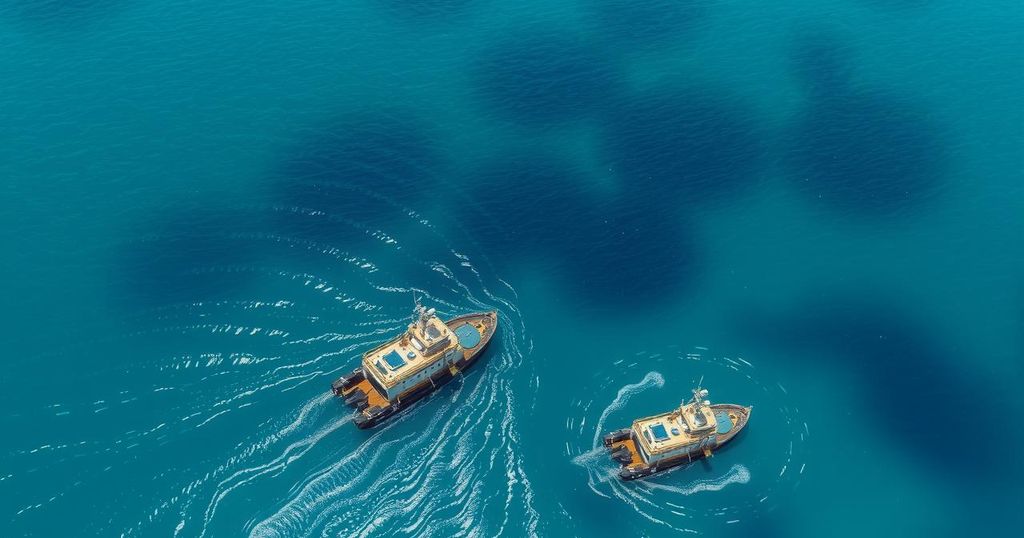Renewed Search for Malaysia Airlines Flight MH370: Technology and Challenges

The Malaysian government has sanctioned a new search for MH370 using advanced technology, with Ocean Infinity leading the effort. The search area encompasses a region equivalent to metropolitan Sydney, and new sonar and robotics technologies will facilitate deeper and more efficient investigations. Ocean Infinity aims to find the wreckage within 18 months, with significant challenges anticipated during the operation.
The Malaysian government has authorized a new search for the missing Malaysia Airlines flight MH370, over 11 years after its disappearance. This initiative follows Malaysia’s announcement last year to renew efforts which began ten years after the tragic incident that resulted in the loss of 239 lives. Ocean Infinity, which previously undertook an unsuccessful search in 2018, has proposed a plan that was approved in December 2022, utilizing advanced technology in the southern Indian Ocean.
Ocean Infinity’s search area spans approximately the size of metropolitan Sydney and incorporates data from prior analyses, including satellite data and debris recovery information from the coast of Africa and the Indian Ocean. The company’s search strategy aims to leverage its experience in locating underwater wreckage, having previously discovered both an Argentinian submarine and a US Navy ship at considerable depths.
For this mission, Ocean Infinity will deploy the Armada 7806, a 78m offshore support vessel built in 2023. The Armada 7806 will utilize a fleet of 6.2m autonomous underwater vehicles, developed by Norwegian firm Kongsberg, which can operate at depths of up to 6,000m for extended missions. These vehicles are equipped with sophisticated sonar technologies, including sidescan sonar and multibeam sonar, to map the seabed and identify potential wreckage.
Each sonar technology provides unique functionalities: sidescan sonar offers high-resolution images of the seafloor, while multibeam sonar charts seafloor topography. The sub-bottom profiling sonar comprehensively examines sub-seafloor geological features. The deployment of these technologies facilitates exhaustive underwater exploration, search, recovery, and geological assessments, significantly enhancing Ocean Infinity’s capabilities since their last search.
The mission is anticipated to last up to 18 months, with optimal weather conditions expected between January and April. The search will be challenging due to adverse weather above sea level and complicated terrain on the seafloor. Should the search yield results, the Malaysian government has allocated US$70 million to Ocean Infinity for the recovery of the wreckage. This would enable the retrieval of the plane’s black boxes to investigate the final moments before the aircraft submerged. Failure to locate MH370 would leave the inquiry seeking the plane at a standstill.
In summary, the renewed search for Malaysia Airlines flight MH370 represents a significant leap in underwater investigation technology, employing state-of-the-art robotics and sonar capabilities. The sheer scale of the search area and complexity of the underwater environment poses considerable challenges. Nevertheless, if successful, this mission may provide critical insights into the aircraft’s disappearance, potentially bringing closure to the families of the victims. Ocean Infinity’s innovative approaches and recent advancements in marine technology signal their commitment to uncovering the truth behind this long-standing mystery.
Original Source: www.channelnewsasia.com







